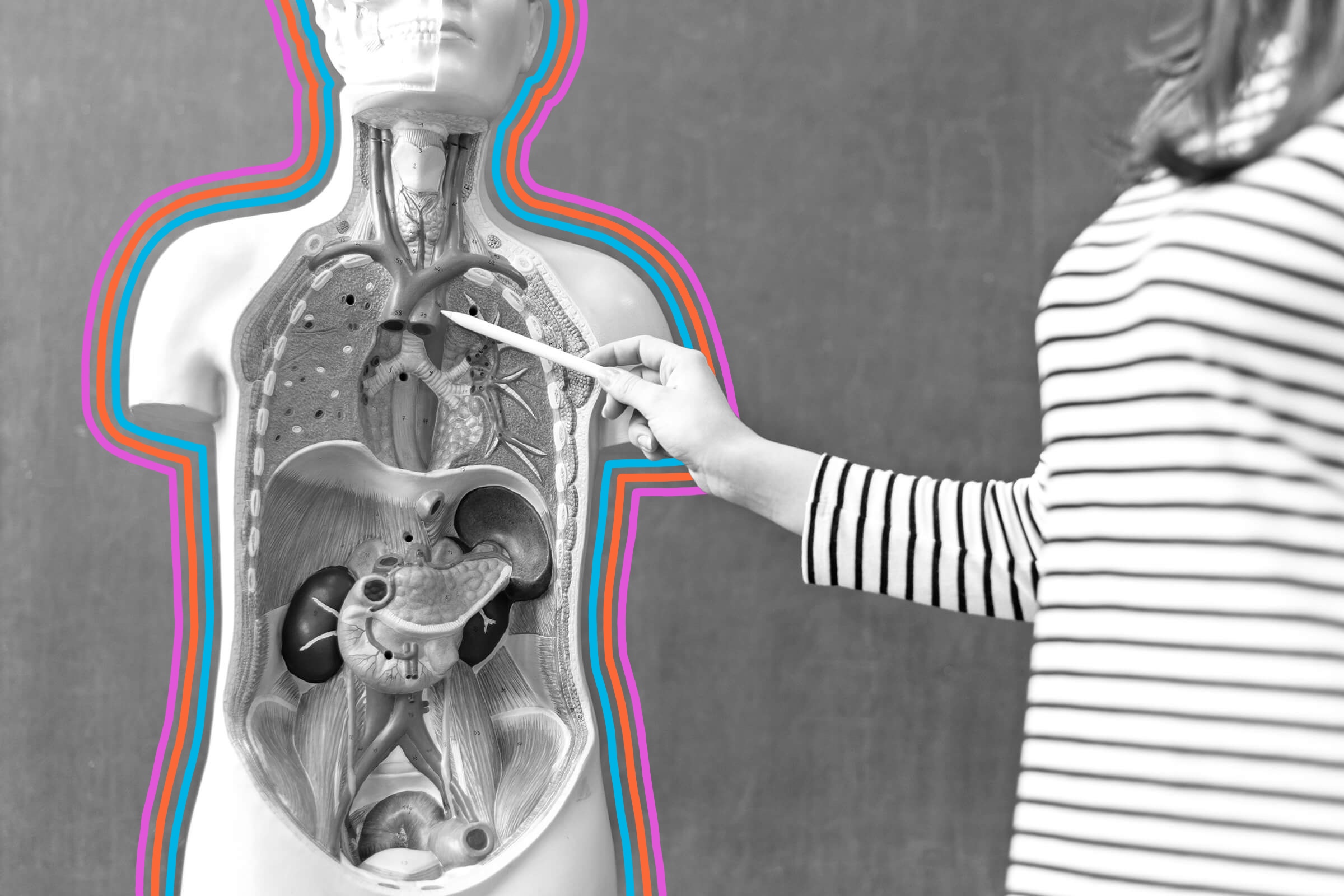Hollywood-worthy hair requires multiple steps: shampooing, conditioning, brushing, drying, styling, and setting. One dirty hair brush can undo all that effort, though. Over time, hair tools accumulate oil, product buildup, dust, and bacteria — all of which can negatively impact your scalp health and luscious locks. That’s why knowing how to clean brushes, combs, and styling tools…
If you’re not regularly cleaning your styling tools, now’s the time to start. It’s quick, easy, and essential to helping your hair look and feel its best. Read on to learn why, when, and how to clean your hair tools properly.
Why Should You Clean Your Hair Tools?

Just like your strands themselves, hair tools accumulate dirt, oil, product buildup, and dead skin cells. Regularly cleaning them not only maintains healthy hair but also helps prevent bacterial and fungal growth, which can irritate the scalp and be a culprit of dandruff or breakouts along your hairline. Plus, a brush filled with oil and product buildup won’t glide through your hair as easily, leading to unnecessary tugging and breakage.
Routine cleaning also optimizes tool performance. Hair dryers collect dust and lint in their vents, reducing airflow and efficiency. A clogged hair dryer can overheat, potentially damaging both your locks and the tool itself. By keeping your styling tools in tip-top shape, you’ll extend their lifespan and save money in the long run.
More from our network
House Outlook is part of Optimism, which publishes content that uplifts, informs, and inspires.
How Often Should You Clean Your Hair Tools?
Your cleaning routine will depend on a few factors, including the types of tools you use, how often you use them, and how much product you add to your hair. Follow these general guidelines:
• Hair brushes: Clean every two weeks, or weekly if you use heavy styling products or have oily hair or dandruff.
• Hot tools, such as curling irons and straighteners: Wipe down weekly or biweekly to prevent residue buildup.
• Hair dryers: Clean vents monthly to help prevent overheating.
How Do You Clean Hair Brushes and Combs?
Start by removing any hair you’ve shed with your fingers or a comb. (It’s good practice to do this daily.) The next step depends on the material of your brush.

Plastic or Metal Brushes With Synthetic Bristles
1. Fill a bowl or sink with warm water, mixing in a few drops of shampoo or mild soap, such as dish soap or gentle hand soap.
2. Swirl the brush in the soapy water, letting it soak for 10 to 15 minutes.
3. Got an extra grimy brush? Use an old toothbrush to scrub between the bristles.
4. Rinse thoroughly.
5. Let the brush air-dry on a clean towel with the bristles facing down.

Brushes With Natural Bristles or Wooden Handles
Since soaking these brushes in water can damage the bristles or warp the wood, follow these instructions instead.
1. Mix warm water and a few drops of shampoo in a spray bottle.
2. Spritz the mixture on the bristles.
3. Use your fingers to massage the bristles, loosening any residue.
4. Rinse with a clean, damp cloth.
5. Lay it out to dry with the bristles facing down.
A common kitchen staple can also help clean your hair brushes. White vinegar is a natural degreaser with antibacterial properties, perfect for breaking down heavy oils without damaging your brush.
How Do You Clean Hair Dryers and Hot Tools?

Hair Dryers
1. Unplug the device.
2. Take off the lint filter. (It’s usually located at the back.)
3. Use an old toothbrush or your vacuum’s crevice tool or brush attachment to clear away dust and debris.
4. Wipe the exterior with a damp microfiber cloth to remove product buildup.
Flat Irons and Curling Irons
1. Unplug the tool and let it cool completely.
2. Dampen a cleaning cloth with rubbing alcohol or a mixture of water and mild shampoo to wipe the plates.
3. For stubborn residue, use a cotton swab dipped in alcohol to clean the edges.
Keeping your tools clean prevents overheating, ensures even heat distribution, and reduces the risk of heat damage to your hair.

















